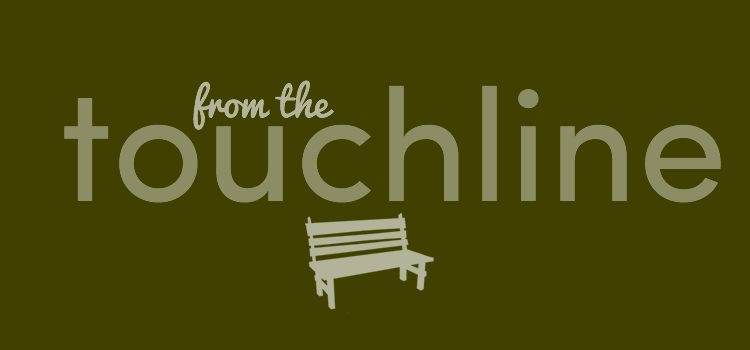From the Touchline: How to Pick the Right Assistant
Quick, name the top assistant manager of your favourite manager for a club you don’t support. You may be able to do this, but I’d wager many of you cannot (unless that team is the Republic of Ireland). In football, we focus on the manager, what he does and why he does it, and rethink every decision he makes. We assume that everything is because of him, even when we know logically that the support staff for any professional club can be vast.
Yet there may be no man more important on the touchline than the top assistant, and a smart manager is wise to bring on someone who he trusts and can work with him. Bring on the wrong person, and you’ll sink at your club. Find the right ying to your yang, and suddenly your job becomes immensely easier.
The most famous example of the right manager/assistant pairing is Brian Clough and Peter Taylor. Their relationship was incredibly uncommon but there are lessons that can be learned from the pairing on how a manger should select his staff. The first most obvious thing is that their strengths complimented each other: Clough the neurotic genius who could dream big while Taylor was a man who could focus on the details like finding the right players. They also covered each other’s weaknesses, with Clough having no problem inserting himself in front of any reporter when crisis arose and Taylor able to dig deep and find the resources his club needed. Apart, the two had trouble adapting but their differences created a positive relationship on the pitch.
When selecting a number one assistant, it is important for a manager to consider what areas of weakness he needs to cover. The Clough/Taylor dynamic would not be able to repeat itself in the era of international scouting, massive training staffs, and social media. However, managers who are smart bring in someone they know can help where they are weakest. While the results have not turned out, Arsene Wenger bringing in his former defenceman Steve Bould as his top assistant was a sign that he wanted a #2 that could improve the club’s defending and mental fragility.
The second is a different mentality, and this is not something all managers will do. Yet if a manager knows his player management style can be detrimental – say too academic when his players need to be screamed at, or too passionate when a calm strategic thinker needs to walk them through plays – he can hire a personality that can either balance or be a good cop to his bad cop (or vice versa). The obvious example of this is Martin O’Neill and Roy Keane in the aforementioned Republic of Ireland squad.
Most importantly, however, a manager needs to hire a #2 that he can absolutely trust. As Shakespeare’s Henry IV tells us, “uneasy lies the head that wears a crown” and for a manager, the constant pressure from all sides can be oppressive. He needs not just a loyal staff, but a sidekick/lieutenant/partner with whom he can commiserate, run ideas by, and generally discuss the world without fear of judgment or being stabbed in the back.
This summer, as new managers are hired or staff changes occur, keep an eye who the gaffers pick to sit next to them on the bench. That quiet decision may be the most critical one they make during their tenure.
